sell anything, anywhere, beautifully with WooCommerce
find out more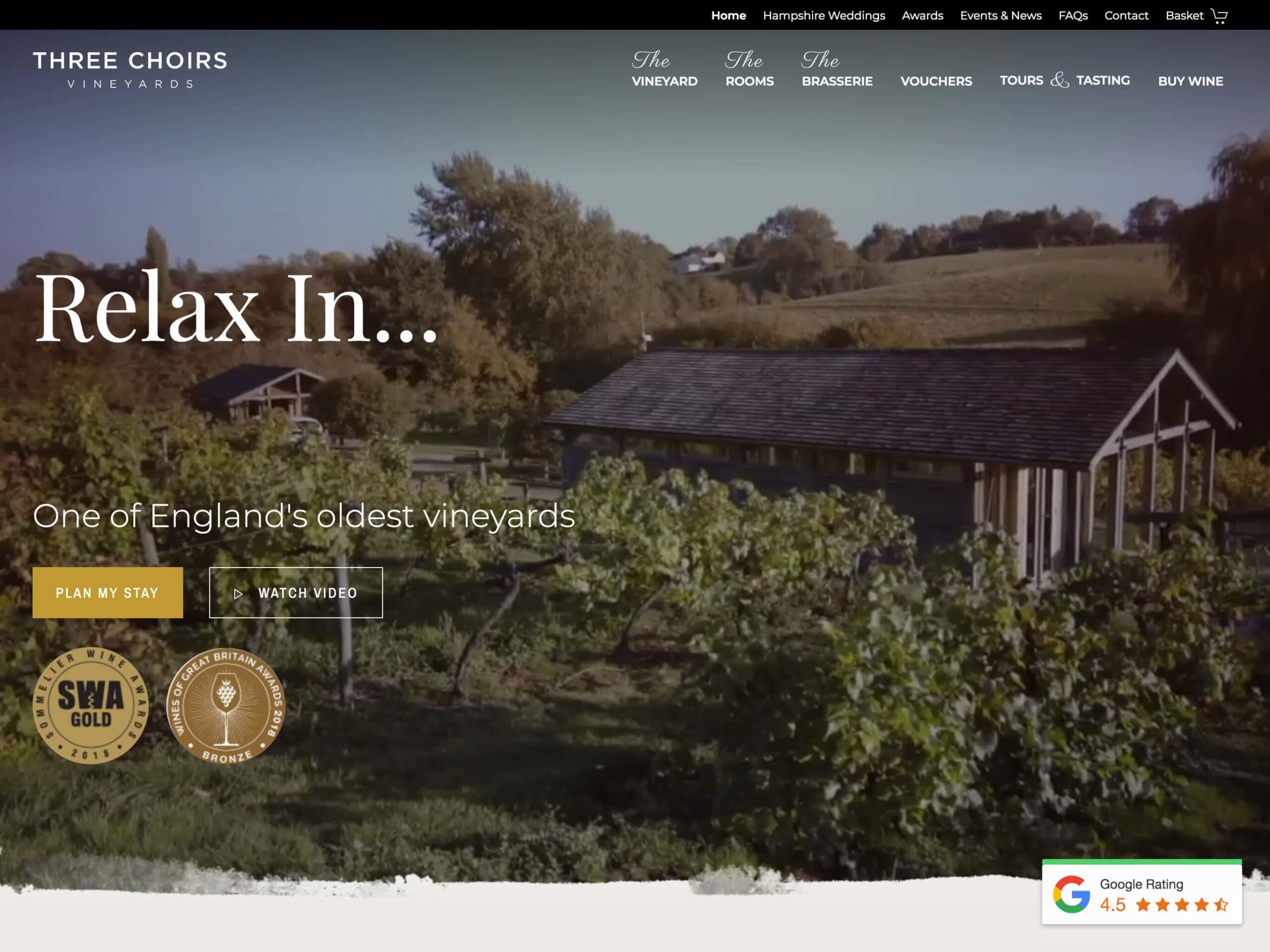


 50,006
Trees planted
50,006
Trees planted
We’ve over 20 years’ SEO experience under our belts, delivering page one listings for our clients, even for the most competitive keywords.
Choose our powerful monthly package and you’ll enjoy a bespoke SEO strategy to get you to the top spot in search engines. This SEO service includes keyword research, competitor SEO analysis, Google Ads campaigns, digital copywriting, Google Analytics insights, and SEO workshops.
You also need a speedy website, fully-optimised content, landing pages that people love and slick user experience to turn leads into sales.
Which is why we recommend a review of your website including its design, functionality and content alongside any SEO we do for you.

SEO isn’t a dark art. It’s about playing the long game. There are no shortcuts, no secret code.
Should your website need some TLC to optimise it for search engines we can help. We include technical SEO in any website we build from the ground up. And we start every project with extensive keyword research so our design team can factor SEO into your web design from the ground up.
In fact, no optimisation stone is left unturned. We handle the technical SEO, keyword research, content writing, metadata, Google Ads and website analytics. Plus, we provide SEO training on how to improve your content at our Cheltenham or London office, or at your place if it’s more convenient.
Still need convincing? Take a look at our Google Partner status; it’s a badge of quality that shows we have the skills to help your business thrive in organic SEO and Google Ads. Even Google says so.
1000+
Google page 1s
6+
years of Google Partnership
20
In-house team
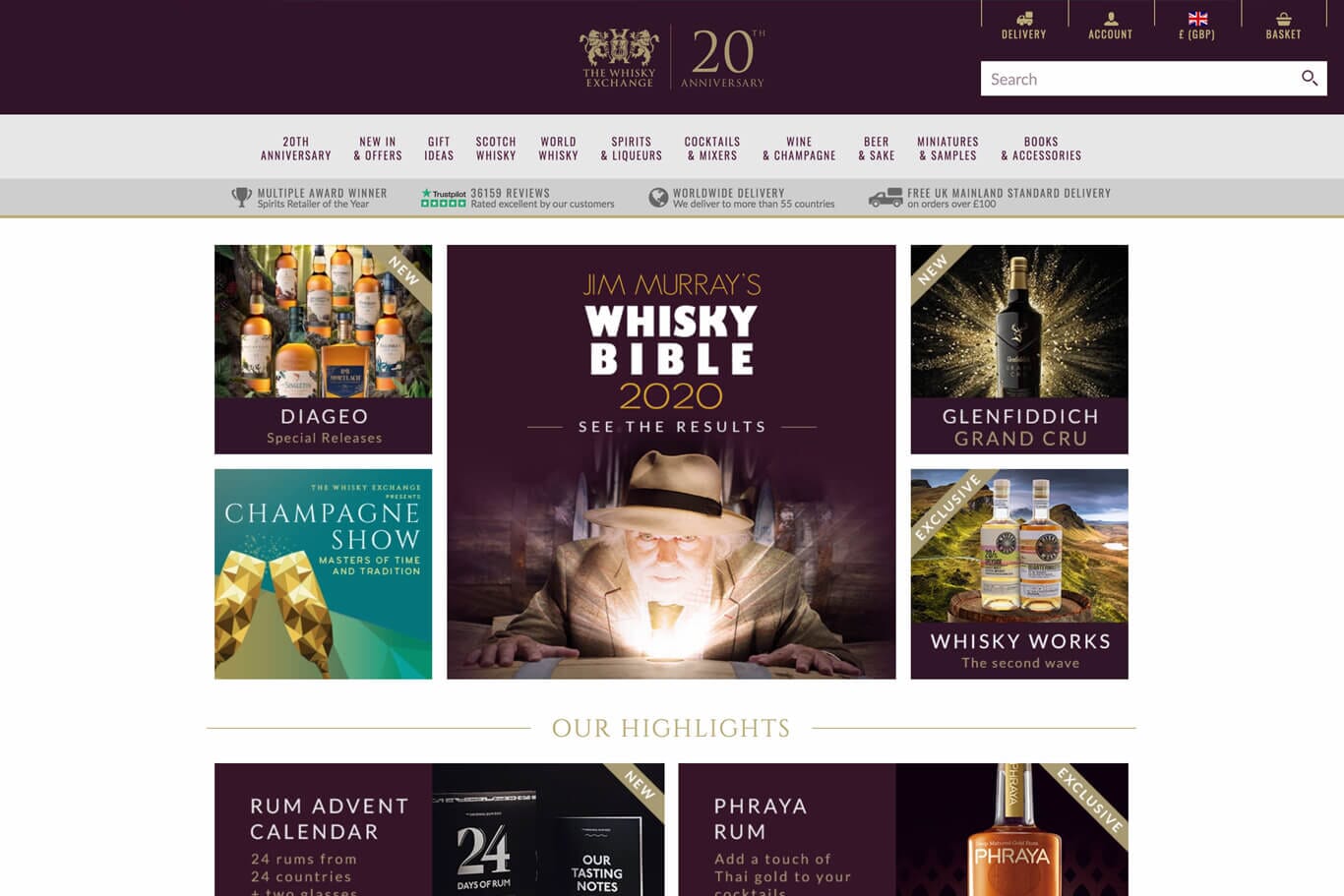

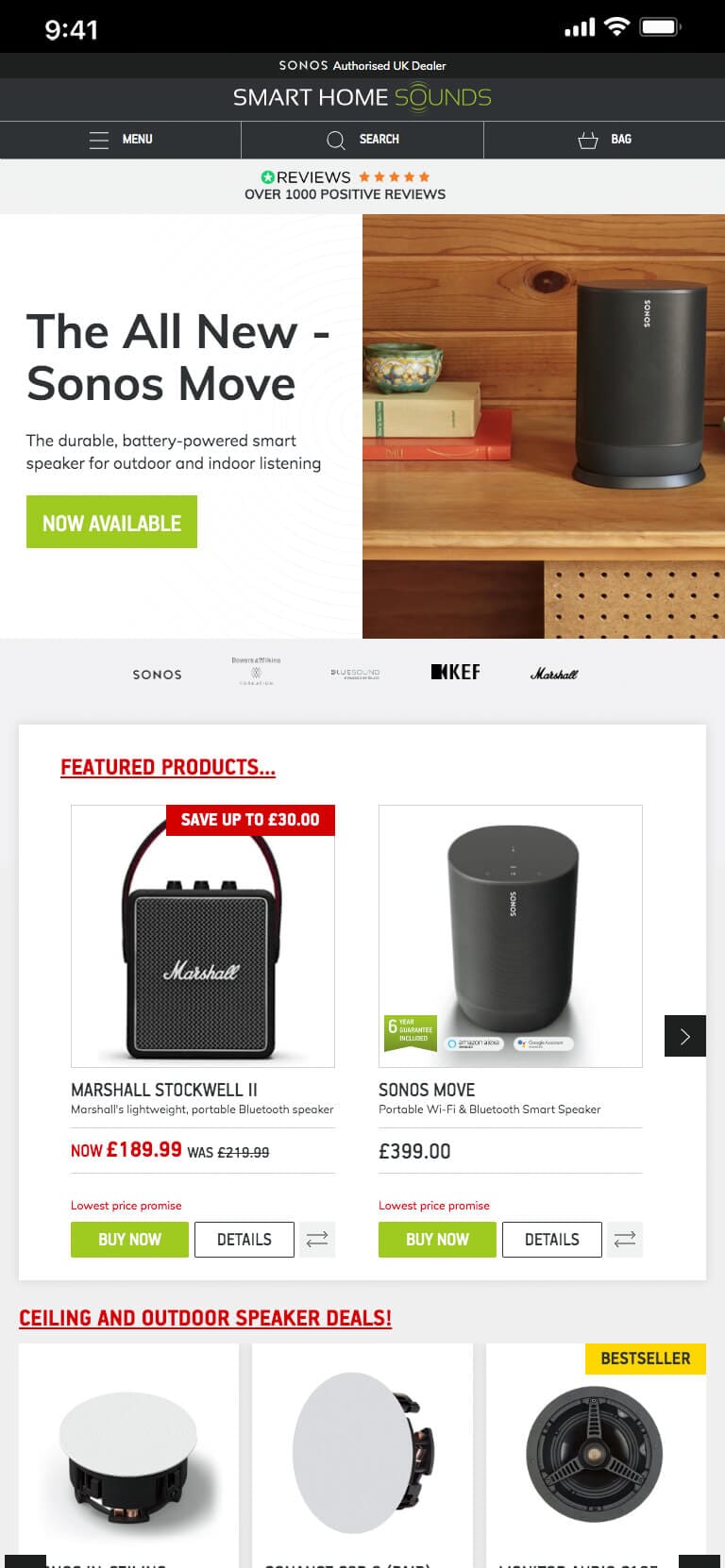
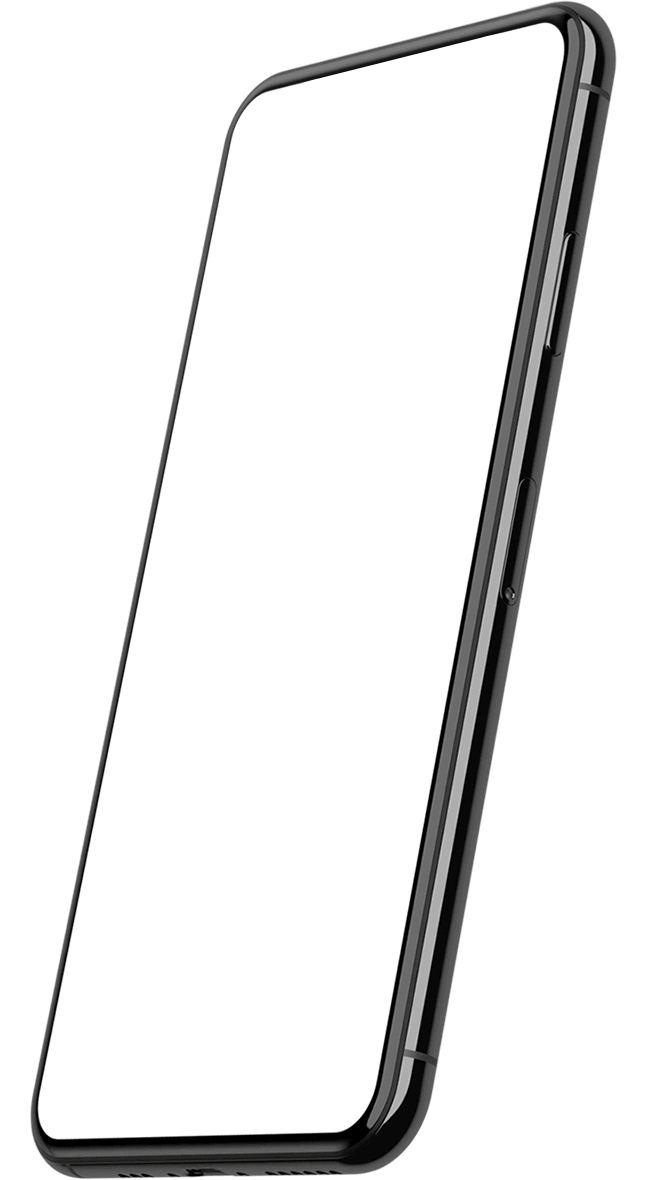
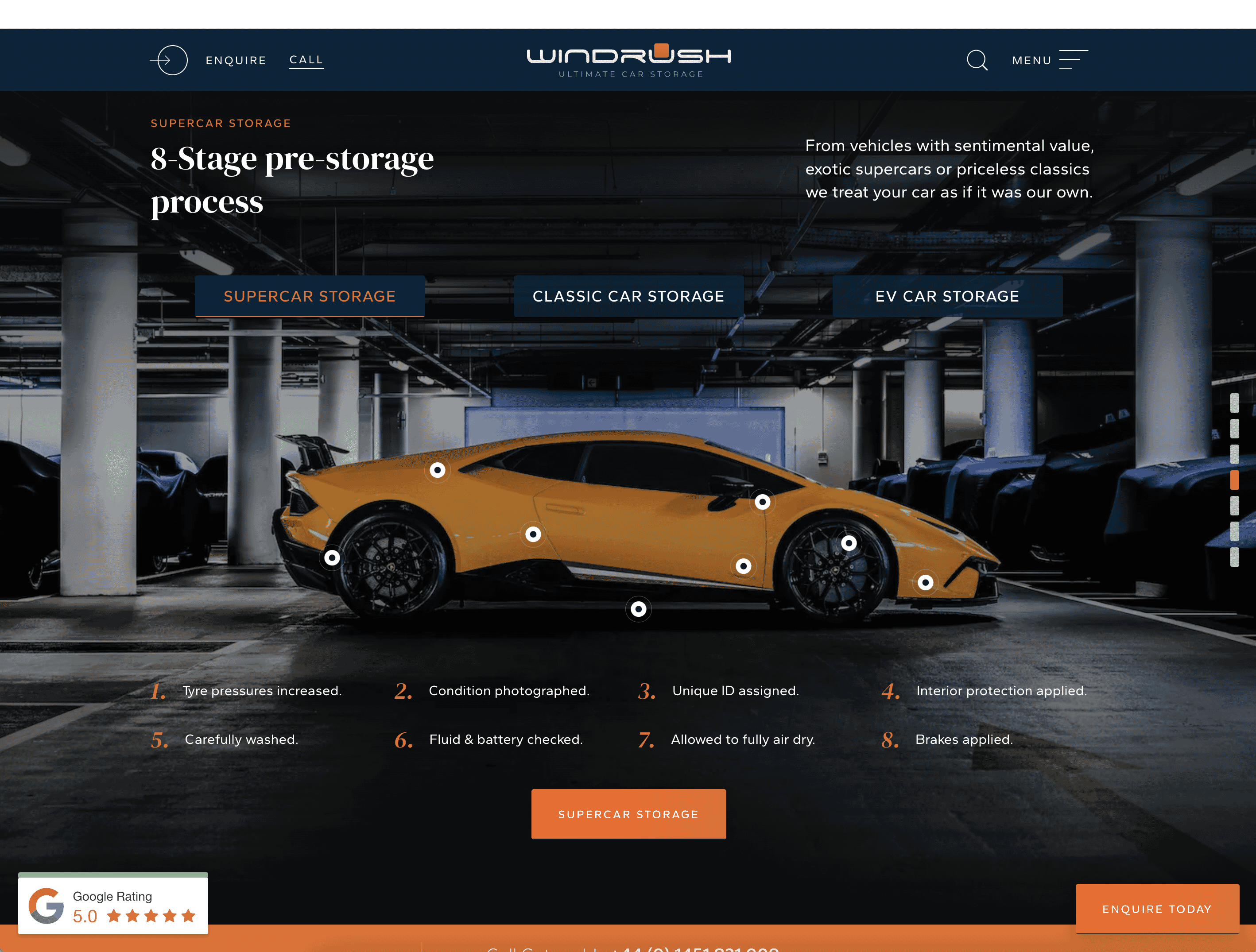

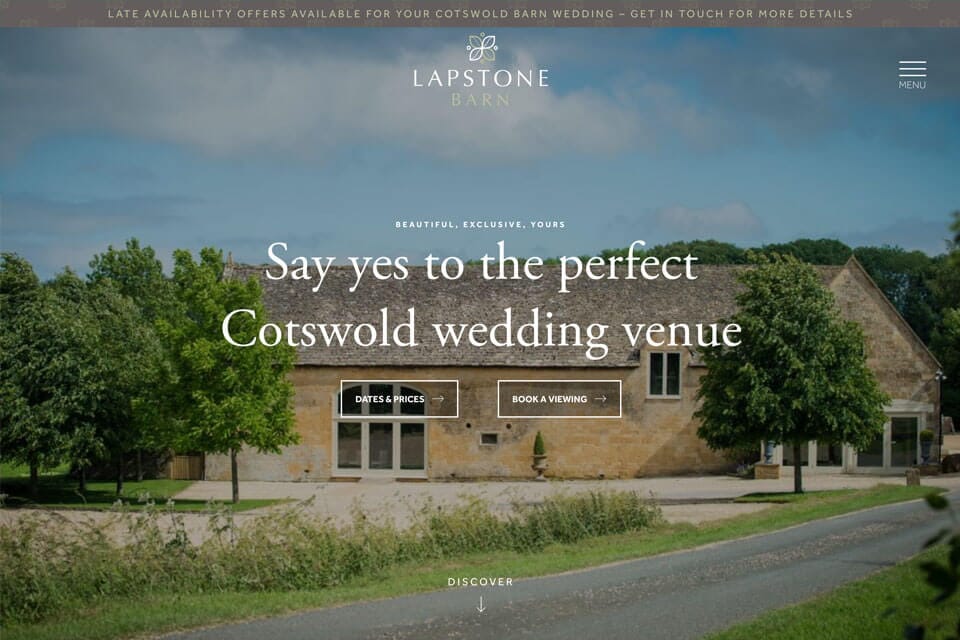

Over the past 20 years, we have helped many companies to dramatically increase their online visibility through intelligent digital marketing. Our team has vast experience of SEO and has achieved literally thousands of page one Google natural listings. SOZO are a Google Partner Agency, Google Ads Certified, Bing Ads Certified and Google Analytics Qualified.



